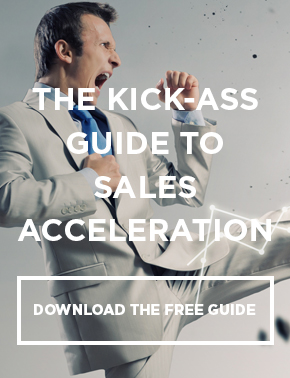Introduction
As a VP of Sales in the dynamic SaaS sector, you’re no stranger to the importance of leveraging CRM tools to their fullest potential. Salesforce, a frontrunner in the CRM landscape, continues to evolve, offering a plethora of tools and reports that can transform your sales strategy. In 2024, these tools are more advanced and integrated than ever, allowing you to streamline operations, gain deeper insights, and drive substantial growth.
Essential Salesforce Tools for SaaS Sales Leaders
1. AI-Driven Sales Insights (Einstein Analytics)
- Overview: Salesforce’s Einstein Analytics uses AI to provide predictive insights, trend analysis, and prescriptive recommendations.
- Benefits for SaaS: Tailor-made for SaaS metrics, it helps in forecasting recurring revenue, churn rates, and customer engagement levels.
2. Advanced Lead and Opportunity Management
- Overview: Enhanced features for tracking and nurturing leads and opportunities.
- Benefits for SaaS: Allows for a granular approach to pipeline management, essential for the SaaS subscription model.
3. Customizable Dashboard and Reporting Tools
- Overview: Salesforce’s dashboards and reporting tools are highly customizable, offering real-time data visualization.
- Benefits for SaaS: Track key performance indicators (KPIs) like Monthly Recurring Revenue (MRR) and Customer Lifetime Value (CLV).
4. Integration with Marketing Automation
- Overview: Seamless integration with platforms like Pardot and Marketo.
- Benefits for SaaS: Aligns sales and marketing efforts, crucial for nurturing leads through the SaaS sales funnel.
5. Collaboration Tools (Slack Integration)
- Overview: Salesforce’s integration with Slack enhances team collaboration.
- Benefits for SaaS: Facilitates real-time communication and data sharing among sales teams.
Top Salesforce Reports for SaaS Sales Analysis
1. Sales Pipeline and Forecasting Reports
- Purpose: To track the health of the sales pipeline and forecast future revenue.
- Key Metrics: Pipeline stages, win rates, average deal size.
2. Customer Acquisition and Churn Reports
- Purpose: Understanding the rate of new customer acquisition versus churn.
- Key Metrics: Acquisition costs, churn rate, retention strategies’ effectiveness.
3. Revenue Reports (ARR/MRR)
- Purpose: Track the recurring revenue metrics critical to SaaS businesses.
- Key Metrics: Annual Recurring Revenue (ARR), Monthly Recurring Revenue
(MRR), growth trends.
4. Customer Engagement and Satisfaction Reports
- Purpose: Monitor how engaged and satisfied customers are with your service.
- Key Metrics: Usage statistics, support ticket trends, Net Promoter Score (NPS).
5. Sales Team Performance Reports
- Purpose: Evaluate the performance of individual sales reps or teams.
- Key Metrics: Quota attainment, deal closure rates, activity metrics.
How to Maximize the Use of These Tools and Reports
1. Regular Training and Updates
- Stay updated with Salesforce’s frequent updates and ensure your team is trained to utilize new features effectively.
2. Customize to Fit Your Business Model
- Tailor Salesforce tools and reports to align with your unique SaaS metrics and business objectives.
3. Integrate with Other Business Tools
- Leverage Salesforce’s vast integration capabilities to get a unified view of your business operations.
4. Leverage Data for Strategic Decisions
- Use the insights gathered from Salesforce reports to make informed strategic decisions about sales tactics, customer retention strategies, and product development.
5. Feedback Loop
- Create a feedback loop where insights from Salesforce are regularly reviewed and used to refine sales and business strategies.
Conclusion
In the fast-paced world of SaaS sales, staying ahead means leveraging the best tools and data at your disposal. Salesforce in 2024 offers an array of features and reports that can transform your sales processes, provide deep insights into your business, and ultimately drive growth. By effectively utilizing these tools and reports, you as a VP of Sales can steer your organization towards greater success and sustainability in the competitive SaaS market.
This blog structure offers a comprehensive guide tailored to a SaaS VP of Sales, highlighting the most relevant Salesforce features and strategies for leveraging them effectively.








